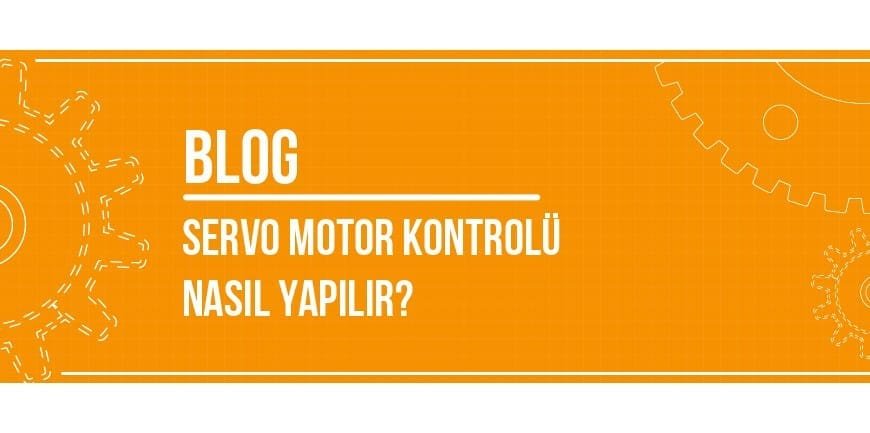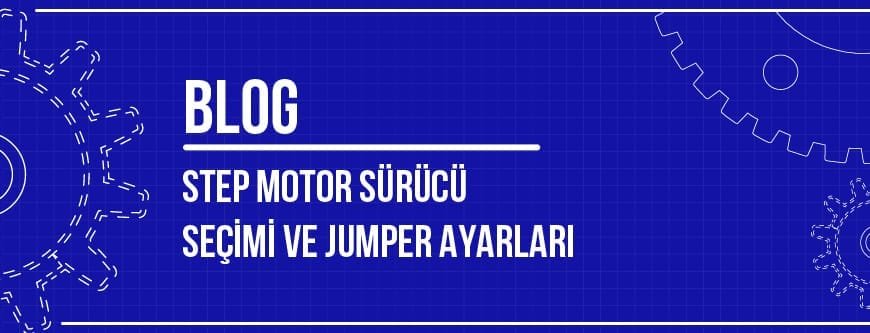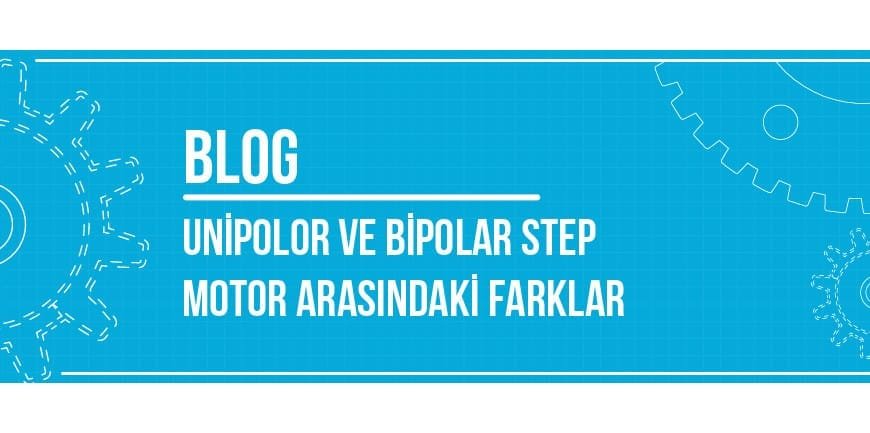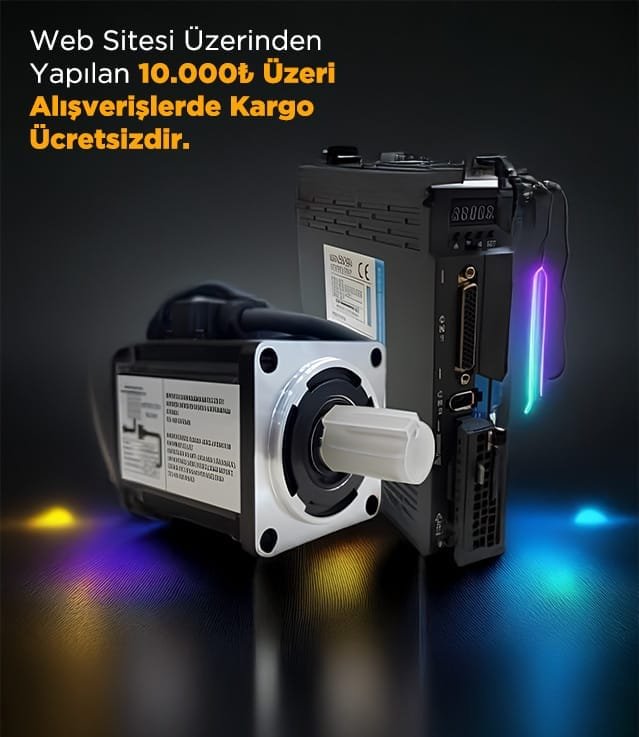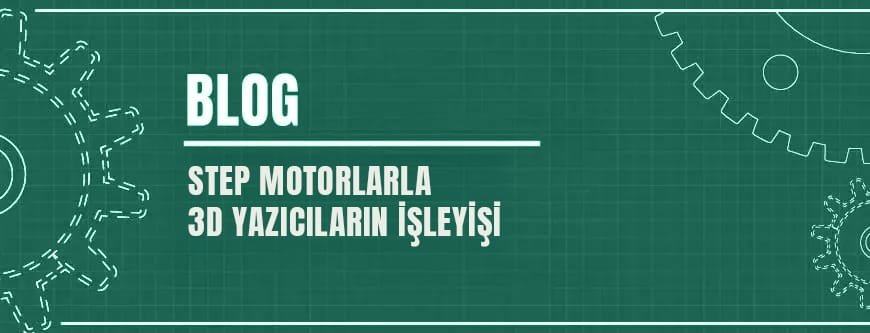
İçindekiler
How 3D Printers Work with Stepper Motors
3D printer technology has revolutionized the world of prototyping, manufacturing and design in recent years. One of the most critical components that enable this technology to work in such a precise and controlled way is stepper motors. Stepper motors make it possible for the 3D printer to move its axes millimeter by millimeter, enabling layer-by-layer production. In this article, we will cover many details, from the working principle of stepper motors to their role in 3D printers.
Tasks of Stepper Motors in 3D Printers
3D printers use more than one stepper motor. Each motor has a different function:
1. X, Y and Z Axis Movements
All movements of the 3D printer in the X (right-left), Y (forward-backward) and Z (up-down) axes are provided by stepper motors. The printing table and print head can be moved to the desired position in the three-dimensional plane with the synchronized operation of these motors.
2. Extruder Motor
The extruder is the part that melts the filament and transfers it to the printing surface. The stepper motor moves the filament back and forth in a controlled manner, ensuring the right amount of material flow during printing.
3. Auto Bed Leveling
Some advanced 3D printers have systems that automatically adjust the table level. These systems also work via small stepper motors. The table is precisely adjusted at every corner, ensuring perfect first layer printing.
The Effect of Stepper Motor Selection on Print Quality
The quality of the stepper motor used directly affects the accuracy of the print. Poor quality motors can cause deviations in microsteps, which can lead to distortions in layer alignment. In addition, the torque power and operating voltage of the motor are also important to ensure stable movement during printing.
Stepper Motor Drivers and Control Mechanisms
Stepper motors do not work alone; they work together with drivers and microcontrollers that manage them. Drivers such as A4988, DRV8825 are usually used in 3D printers. These drivers transmit signals to the motor that determine in which direction and how many steps it should take. In addition, microstepping can be done through these drivers, thus achieving more precise movements.
Calibration and Troubleshooting of Stepper Motors
In 3D printers, stepper motors need to be calibrated correctly through the software in order to work correctly. When the steps per mm settings are not set correctly, there may be a difference between the measurements given by the printer and the actual print sizes. In addition, problems such as motor heating, vibration or step loss are also common problems that users often encounter. In such cases, cooling, voltage adjustment and mechanical controls should be performed.
Next Generation Stepper Motors and Silent Printing Technology
Traditional stepper motors produce significant vibration and noise when running. However, with new generation stepper motors and especially Trinamic drives, silent printing has become possible. In this way, 3D printers can be used easily even in office environments. These motors also consume less energy and provide more stable motion. Silent Printing Technology
The most important power behind the ability of 3D printers to work with millimeter precision is undoubtedly stepper motors. Thanks to these motors, printers can create layer-by-layer objects by moving filaments in a controlled manner. With the right stepper motor selection, driver usage and software adjustments, print quality can be maximized. For anyone interested in 3D printing technology, understanding the working principles of stepper motors and their place in printers will enable them to produce more successful projects.
Diğer Blog Yazılarımız



